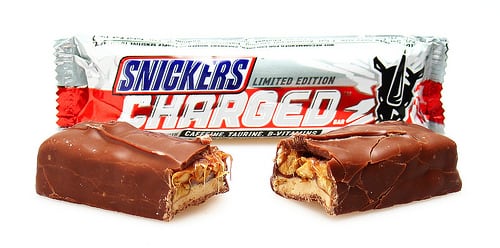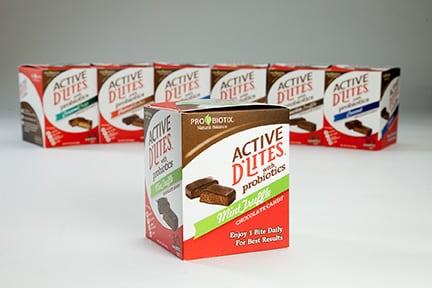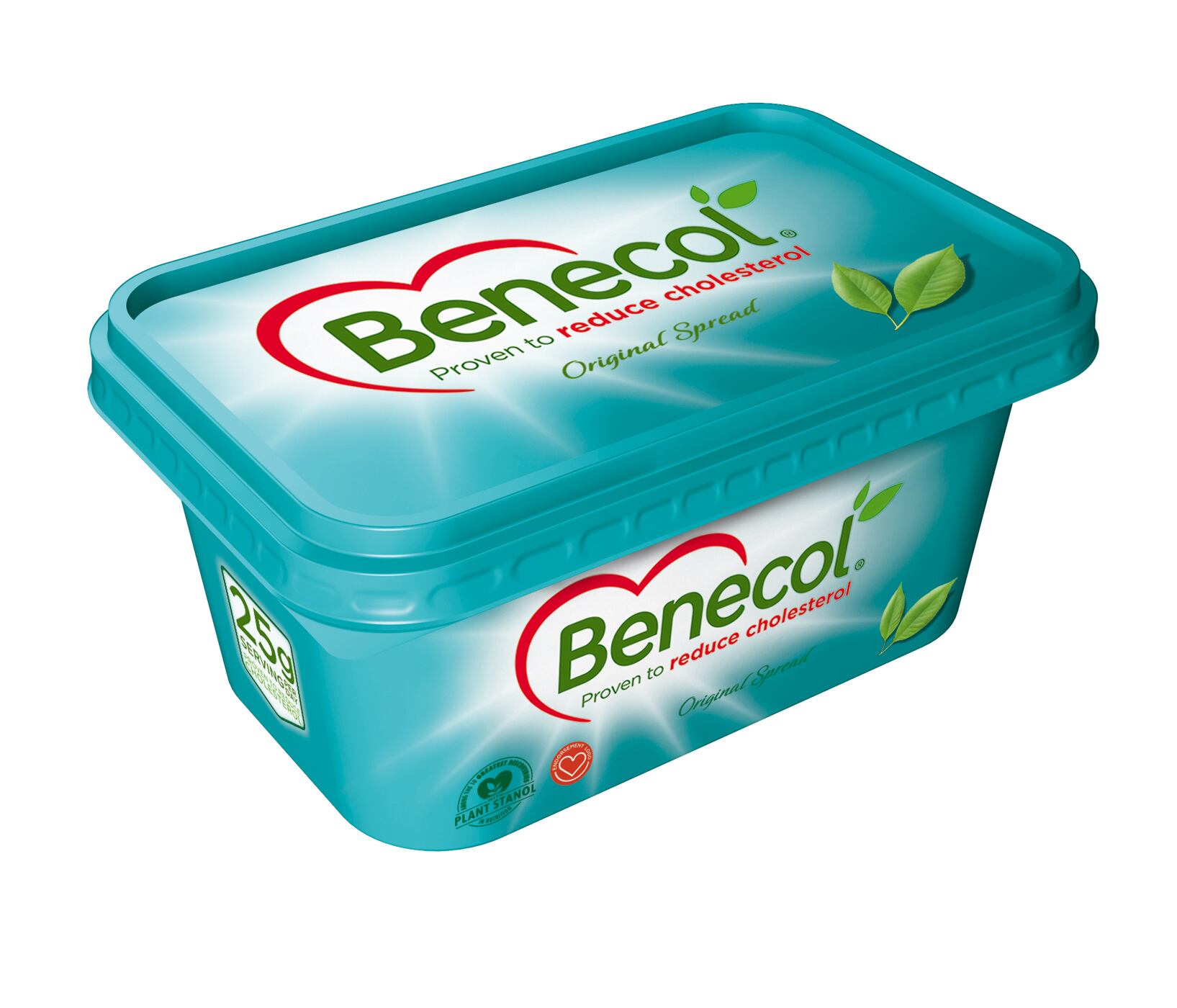Rinus Heemskerk, global director of innovation at ADM Cocoa, described chocolate as a “nice vehicle” for functional ingredients, as the powerful chocolate flavor masks foul tastes.
“If you look to the scope of functional ingredients whether it is from raw collagens to omega 3s to antioxidants to resveratrol – really the sky is the limit,” he said.
According to Gregory Drew, director of the food & beverage group at Pharmachem , which helps confectioners incorporate functional ingredients into new products, the emerging ones in confectionery are chia, B-vitamins, green tea extract, green coffee extract, phytosterols and probiotics.
Charging chocolate with energy
“Energy is what people are looking for. There is energy in every category,” said Drew.
For energy, the most popular ingredients in confectionery are caffeine, B-vitamins, guarana extracts and botanicals, he said.
Mars’ Snicker Charged Bar for example contains B-vitamins, 60 mg caffeine and taurine. Mondelez also launched energy bar Boost Guarana in 2002, which contained 54 mg of caffeine and the berry guarana. The product has since been removed, but there is a Facebook group urging the company to reintroduce it.
There are nine European Food Safety Authority (EFSA) claims for energy vitamins and minerals: Folate, iron, magnesium, niacin (B3), pantothenic acid (B5), riboflavin (B2), vitamin B12, vitamin B6 and vitamin C. All can claim to contribute to “the reduction of tiredness and fatigue”.

Probiotic boost
“We definitely see energy but also probiotics,” said Drew.
“People will use probiotics because they want to say something on their label about it.” This could be a “better for you” claim, a gut health claim or simply a probiotic declaration – although this is not allowed in the EU, where the term ‘probiotic’ is prohibited as an implied health claim.
Pharmachem has its own encapsulation technology for probiotics. “Encapsulated probiotics is the solution for most confectioners. It maintains the stability,” said Drew, adding that if you don’t do this, the probiotics would be inactive.
Scott Bush, vice president of marketing at DuPont Nutrition & Health, which supplies probiotics, said: “We want to put probiotics into a system where moisture is minimized and chocolate is a low moisture system so it’s quite amenable as a probiotic delivery vehicle.”
Probiotix Foods has exclusivity for Dupont’s Howaru Restore probiotic strain in sugar-free chocolates.
The company uses the probiotic in its stevia-sweetened chocolate Active D’Lites, which also contains prebiotics through fibers and stevia.
This makes the product a symbiotic (a combination of pre and probiotic). But the firm only markets the probiotic function because it is better understood by consumers.

Positioning probiotic chocolate
The company’s CEO Gerry Morrison explained that the firm was targeting mass retailers with three in-store locations: Digestive sets where Align and Culturelle supplements are sold, diet sets where SlimFast and Atkin are sold, and finally the diabetic aisle, where Glucerna competes with little competition.
“In the confection aisle it is too costly. The market is not ready for it yet,” said Morrison, adding that people shopping in this aisle were less concerned about health, and retail buyers for this section still think the supplements aisle is the true home for probiotics.
“We have double the cost of traditional sugar free chocolate on the market,” he added, but said margins were still profitable and normal for retail too.
Market potential for probiotics
The company is starting in the US, which Morrison called “one of the last frontiers for probiotics to be sold.”
But the firm also sees potential in Brazil were probiotic awareness is high and chocolate consumption is rising.
Morrison added that Europe is another potential market, but the company would need to rethink its packaging and remove the term ‘probiotic’.

He said that even if his firm was only allowed to label the strain of probiotics, Danone had proved through its Activia brand that products can still sell well.
Phytosterols – cholesterol maintenance
Outside probiotics, Drew from Pharmachem said that phytosterols were also gaining traction in chocolate.
Phytosterols - or plant sterols –are approved by EFSA to maintain blood cholesterol levels and by US’s Food and Drug Administration (FDA) to reduce risk of heart disease and lower cholesterol.
“More phytosterols are consumed in the EU than in the US,” said Drew, mainly due to sterol-containing spread Benecol from Raisio.
He said the ingredient was “relatively plug and play” for chocolate, requiring few special formulation provisos.
Earlier research has also suggested potential in chocolate. In 2008, a Mars-funded study found that the company’s sterol-imbued CocoaVia chocolate bars lowered cholesterol by 2% and LDL cholesterol by 5.3% after an eight-week trial.
